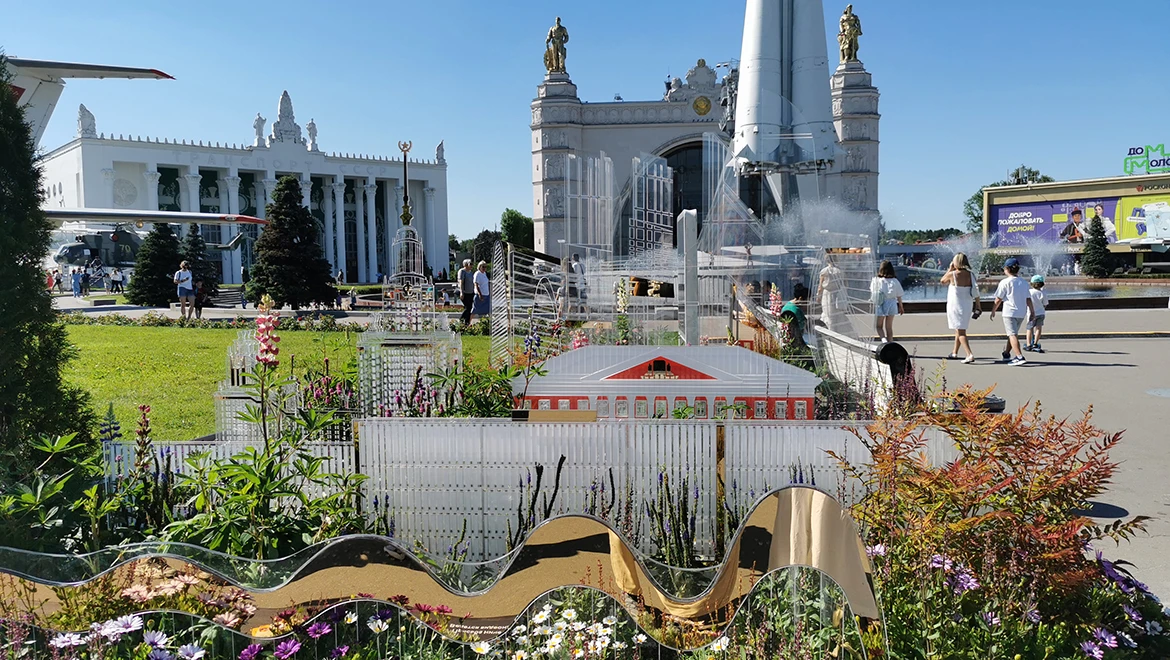Schrenck’s tulip. Zaporozhye region
Schrenck's tulip is a bulbous plant that grows to a height
of 15-40 cm. The bulb is oval, about 3 cm in diameter. The flower stalk is
green, leafless. There are 3-4 oblong dark green leaves with fluted edges at
its base.
Schrenck's tulip is an endangered steppe flower, listed in the Red Book of the Russian Federation in 1988. It is one of the oldest species and is considered the progenitor of many breeding varieties. The name is owed to the scientist and traveler Alexander Ivanovich Schrenck, who discovered this flower in 1873.
In Russia, Schrenck's tulip can be found in the steppes and
semi-deserts of the European part of Russia: Volga region, Black Sea region,
Crimea, Lower Don, Caucasus, as well as in Western Siberia and Central Asia.
The flowering period usually falls in late April - early May. At this time,
Zaporozhye steppe looks like a flower carpet, combining shades from white and
soft pink to bright red.
Along with the RUSSIA EXPO, the flower festival is also coming to an end.
The "Future in Flowers" festival continues at the RUSSIA EXPO, where unique flowerbeds from all regions of our country can be seen at the "Space" pavilion until July 8.
The RUSSIA EXPO concludes on July 8, and with it, the flower festival will also come to an end.





